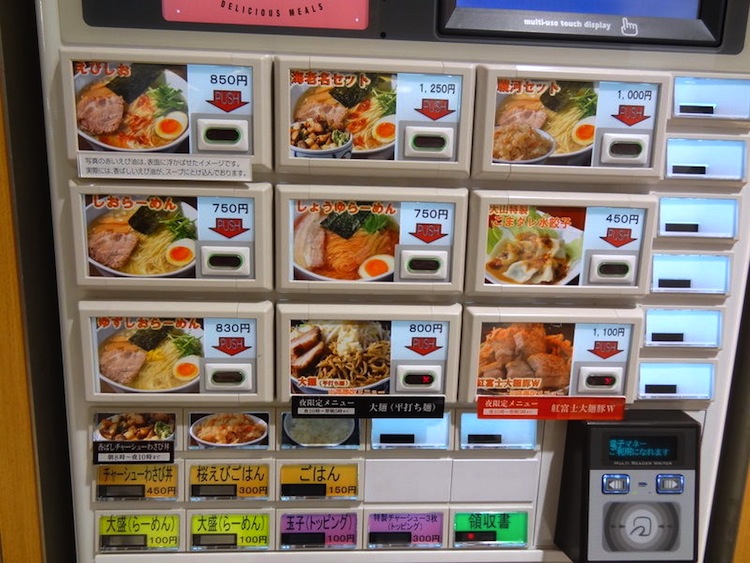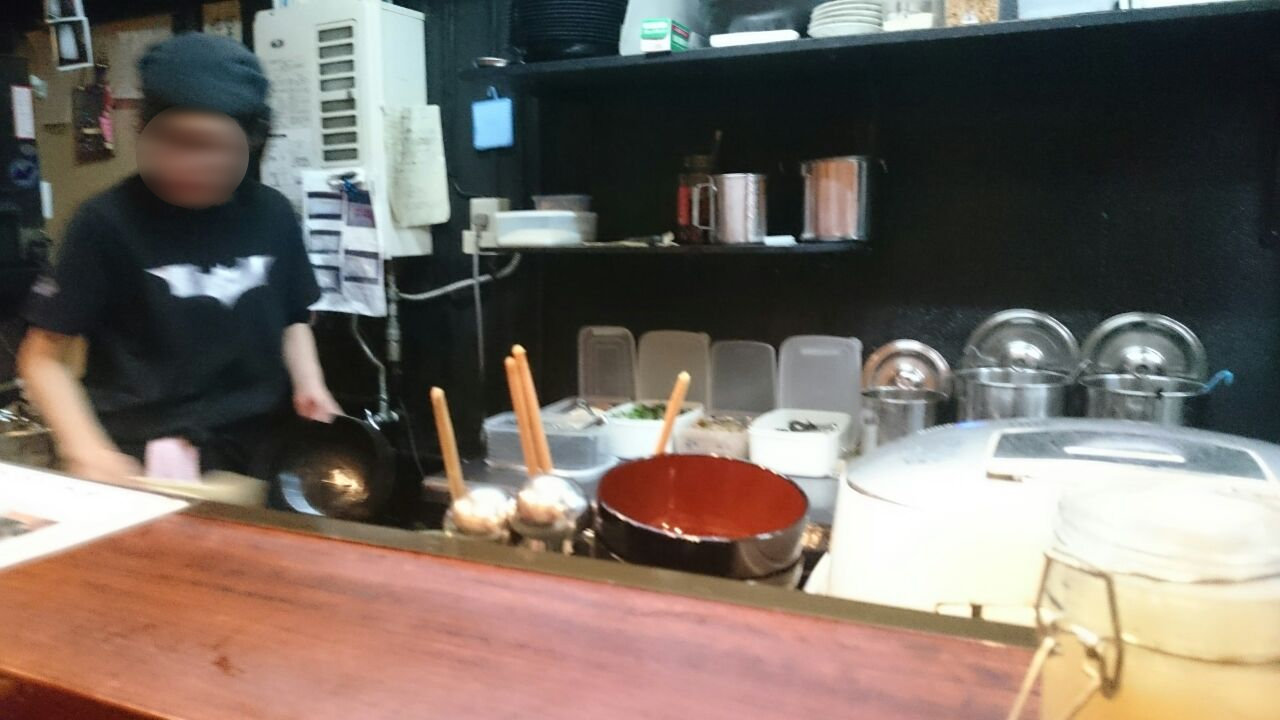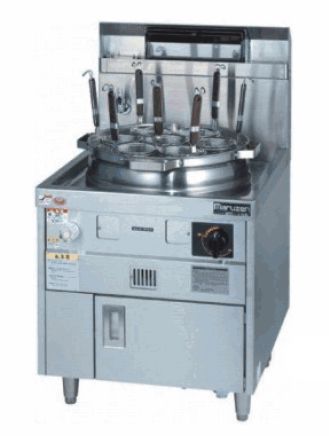Recently I was lucky enough to spend a few days in Japan. The list of things that I loved about the country could span several posts, but today I want to dump my thoughts on the most amazing culinary invention: the small ramen shop.
Japan has tens of thousands of ramen shops. They come in every size and shape. Some look like trendy restaurants. Others (Tachi-gui) are just bars where you quickly eat your soba noodles standing – there are loads of those next to train or metro stations. The form the captured my attention though was the hole-in-the-wall typology, which in Japan is called simply “Small” or “Narrow” ramen shop.
Small ramen shops fall somewhere between the restaurant and the standing bar format. They typically serve 7-9 persons seated at a bar. Already serving 10 people at the same time can get pretty tough for the _single_ operator of these places. Yes, single operator. The fact that a ramen bar can be entirely operated by one person is pretty amazing: it is no surprise then that those places are extremely well organized and one of the pinnacles of Japanese efficiency.
It starts with taking the order and handling money. Don’t get your hands dirty, Chef. The MoneyTron3000 is here to help:

Pick your dish, push the button, insert money, get your ticket and move to an available seat. With one single vending machine, an important part of the chain is now fully automated. I suppose most Japanese are familiar with the dish illustrated and their subtle variations. As a foreigner, I almost always picked at random to enhance the surprise effect and never once was I disappointed by the food.

It’s hard to emphasize just how much space inside a small ramen bar is arranged for optimal use. There are perhaps 1.5 meters (5 feet) from the counter to the wall, which is just enough space to let a person seat and another person squeeze behind to get to another seat. On the other side of the bar, space is even more precious. The Chef can reach everything she needs in one or two steps. This makes for a great profit-to-occupancy-cost ratio since the cost of rent is always #1 fixed cost.

Everything in a ramen bar is already neatly prepared, ready to use and placed in a Tupperware. Pre-chopped vegetables, mushroom, pork cuts (sometimes pre-cooked), broth. Once a customer orders something, the Chef simply “assembles” the dish from the various parts. The ramen noodles themselves are the main thing that is cooked from scratch, but fresh ramen typically takes no longer than 3 minutes of boiling time to reach that wonderful level of soft chewiness. Assuming you’re the only one in line, that would take from order to food on the ballpark of 4-5 minutes. Which is great for a fast turnover!

Most of the equipment required is pretty standard. Of particular attention there is:
- a compact Sanyo dishwasher; once again, space is optimized by placing pots with broth and ready-to-use bowls on top of it;
- a magnetic board with 8 timers, one for each seat; when dealing with parallelism, you need help to track the cooking time for each noodle basket;
- a standard Rakuten ramen boiler with capacity for 7 concurrent baskets;

Love this device! 😉
As I was observing the setup, I couldn’t help but think that it would work marvelously also for many Italian dishes! By having 3-4 sauces already prepared for the day and with an effective mise-en-place, it would be possible to yield as many as 8/12 variations of popular dishes. Carbonara regular/vegetarian/spicy. Cacio e pepe regular/with salmon/with sausage. And so forth. Essentially turning the small ramen shop in a small pasta bar, with similar size, base ingredient, and a simple promise: to offer a great meal at a good price and in a short time.
The number one challenge would be to dismantle the idea that Italian cuisine (pasta specifically) is something that should only be enjoyed “as an experience”, in a typical Italian restaurant. I think this model could work well in some big cities with a hectic lifestyle, but where there is an appreciation for good quality and reasonably fast service. Like Tokyo. But actually, I would love to see this everywhere!
Am I thinking of moving into the restoration industry? Definitely not now. They say the best way to make a million dollars with a restaurant is to start with a billion dollars. And even with the benefits of a franchisable model, I would probably not start this in 2017, when it seems like the USA is waging war against “junk” carbs. Pasta has become the enemy in a fad that wants it as the root of all evil.
But when the wind will change, I’d love to give it a try. With all due respect to Marinetti.
Post a Comment through Mastodon
If you have a Mastodon account, .